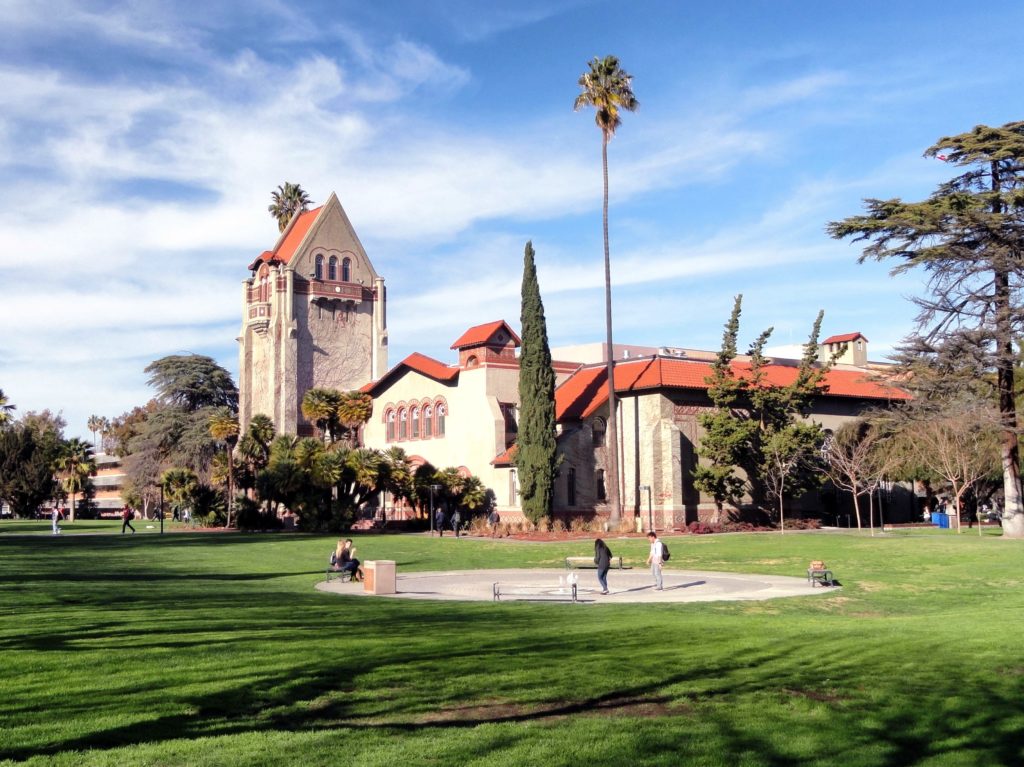Teaching: Avoiding Bias.
Your Classroom: Optional Equity Training.
Diversity Matters.
And those are training titles to be truly grateful for -- it is often the best it gets at this time of year. It’s the beginning of the semester at colleges and universities across the country, which also means a whole new class of teaching assistants and teaching fellows, often graduate students, are entering classrooms to run labs, discussions, and manage the grades of undergraduates.
I begin teaching undergraduates in a few history and gender and sexuality studies classes this semester, and I was sent to a number of trainings before students arrived on campus this week. Hearing from mentors and teachers I have loved and respected, I was incredibly grateful to get any training at all, myself. So often the tradition has been to throw graduate students into teaching roles, hoping that what has qualified them as “experts” to an extent will carry them through healthy instruction. As teachers at every level of schooling across the country have expressed, more than a little training is simply necessary to be a good teacher. That is in fact changing on my campus and at many – teaching ‘retreats’ and ‘conferences’ (naming quirk perhaps a residual fear of saying aloud that we need to ‘teach’ our teachers) frontload the semester here. This set us up with what were in fact really valuable reflections on how to run a classroom, effectively facilitate a discussion, and plan a functional lesson. For that level of guidance, as a trained teaching assistant, I am grateful. As a queer woman of color and a scholar invested in equitable teaching environments, I immediately can’t help thinking how that training gestures at and yet misses the fundamental moment of teaching inclusive practices. The potential unevenness in training for equity, diversity, and inclusion is vast – though I’ve heard clever suggestions and affirming conversations about how to care for our LGBTQ+ students, it was often in the margins of the outlined training in front of our facilitator.

There may be a sidebar on pronoun use and mandates, content warnings, or accessibility options, but often held as an optional session (whether that is explicitly option or read as optional is a part of this). As I work through this and see positions and centers focused specifically on pedagogy cropping up and doing exciting work on how to build learning environments and care for the amazing and engaged humans who occupy them, I was mulling over a few things I hope to focus on myself and to put out to fellow graduate student-teachers, and those who are training us. Three quick thoughts to kick us off.
1. For the Teachers’ Teachers: Don’t sidebar the equity conversation. Put it smack dab in the middle of a mandatory session, not after the “main” teaching sections or completely apart from the conversations on facilitation and grading. Questions of diversity and inclusion are an essential part of those sessions, and don’t need to be separate. If you’re uncomfortable training on equity, bring in your specialized folks to sit and teach right alongside you in the “how to frame your place in your classroom” and “grading writing projects” sessions.
2. For the Teachers and their Teachers: An old but hackneyed conversation that just needs to be resaid in every teacher training: pronoun use is too often written off as complicated, but it is a simple matter of respect. You cannot build an effective learning environment without respecting your student’s fundamental identities. Pronoun use changes, as a nonbinary friend of mine who also just started teaching has reminded our fellow teachers multiple times. Listen, internalize, and again, respect what your student shares with you. Set the norm of sharing pronouns as a part of your introduction, but do not actively demand it from a student.
3. For the Teachers: Incorporate queerness, gender and racial diversity, directly into your subject. As a feminist queer scholar, I am always open to working with folks in different disciplines on how to do this. Teaching biology? Talk about the gendered, hetero-incensed language we use to talk about eggs and sperm. Teaching math? Take a moment to reflect on the demographics in the classroom and in front of it. Teaching history? Add in the missing queer, femme, multi-gendered characters of color in the story you planned to tell of our past. Teaching English? Read between each line with your students for the gendered, sexualized, racialized norms in the language. It doesn’t mean every class is a Women, Gender, and Sexuality Studies class. It means you don’t neglect the discipline or any of its content, or the reality of the world in which you are teaching, in which your discipline has relevance, and in which your students live.
 This post was written by Point Scholar Kirin Gupta.
This post was written by Point Scholar Kirin Gupta.
As a JD/PhD student in History/Women Gender and Sexuality Studies and Law at Harvard, Kirin is committed to lifting up students of all identities into the opportunities of higher education, and actively building infrastructure in institutions that supports the most marginalized students. Read more about Kirin here.

